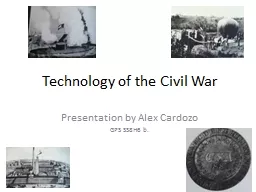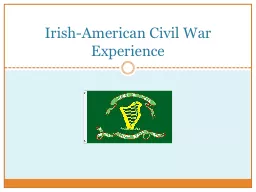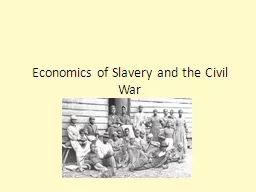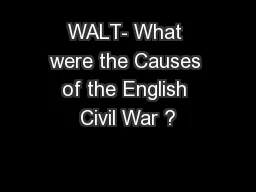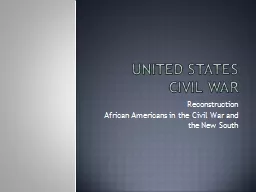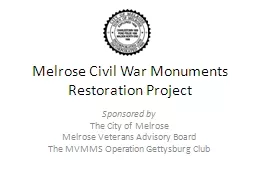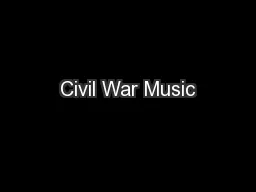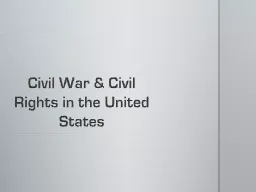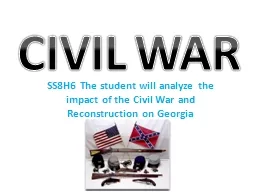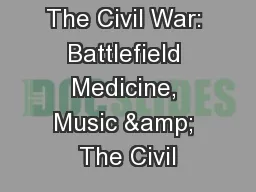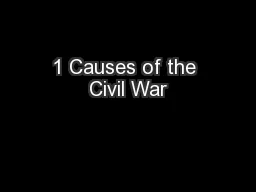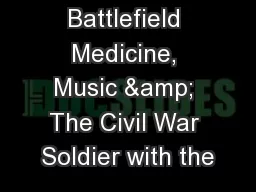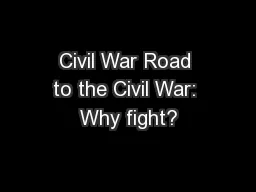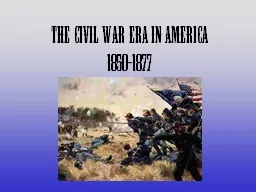PPT-Technology of the Civil War
Author : myesha-ticknor | Published Date : 2017-07-17
Presentation by Alex Cardozo GPS SS8H6 b Research Question Cause and Effect How did the Union use old and new technological advances to its advantage to win the
Presentation Embed Code
Download Presentation
Download Presentation The PPT/PDF document "Technology of the Civil War" is the property of its rightful owner. Permission is granted to download and print the materials on this website for personal, non-commercial use only, and to display it on your personal computer provided you do not modify the materials and that you retain all copyright notices contained in the materials. By downloading content from our website, you accept the terms of this agreement.
Technology of the Civil War: Transcript
Download Rules Of Document
"Technology of the Civil War"The content belongs to its owner. You may download and print it for personal use, without modification, and keep all copyright notices. By downloading, you agree to these terms.
Related Documents

